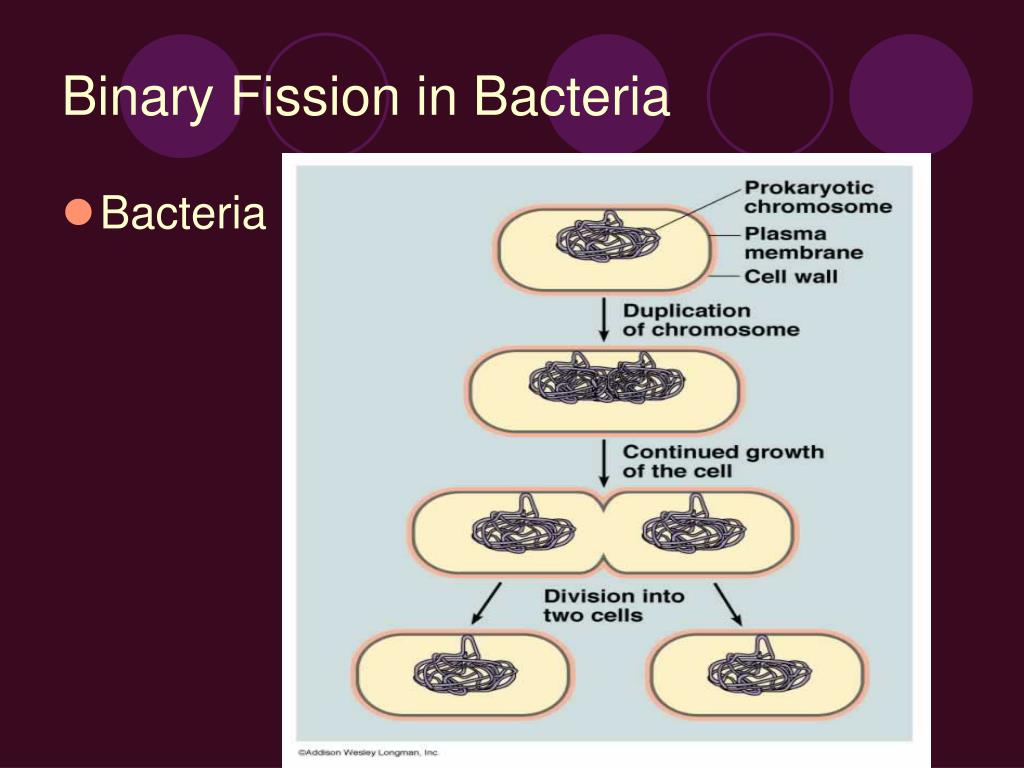
It can trigger some bacteria to shut down and become dormant when exposed to an antibiotic, and they are able to regenerate when the antibiotic is gone. This process gives bacteria some of the qualities of higher organisms and is a powerful weapon against antibiotics. This ability to communicate with one another allows bacteria to coordinate gene expression, and therefore the behaviour, of the entire community.

Communication gives bacteria some of the qualities of higher organisms. Communication is keyīacteria can communicate with one another by releasing chemical signalling molecules, allowing the population to act as one multicellular organism.ĭepending on the density of molecules and the signal it generates, the bacterial community can adapt and respond to compete for resources in a process known as quorum sensing. This short generation time allows mutations to emerge and accumulate rapidly and quickly cause significant changes in bacteria, such as resistance to antibiotics. This doubling time takes between 20 minutes and an hour. Historically, bacterial infections have started major pandemics such as the bubonic plague, which is estimated to have killed 50-60 per cent of the population of Europe during the Black Death in the 14 th Century.īacteria reproduce mainly by binary fissionīacteria reproduce mainly by binary fission–replicating their DNA so they have two copies on opposite sides of the cell, then growing a new cell wall down the middle to produce two daughter cells. Infectious diseases caused by bacteria have killed well over half of all humans who have ever lived on Earth.
BINARY FISSION IN BACTERIA SKIN
But if the balance of these bacteria is tipped by a dose of antibiotics or ill-health, then gut discomfort or skin infections are common. In our bodies, bacteria inhabit the human digestion system, live on our skin and contribute to energy metabolism, digestion, brain function and general wellbeing. The floods in northern Queensland in 2019 brought Burkholderia pseudomallei to the surface, bacteria which cause a serious infection known as melioidosis. Dangerous bacteria live in soil, a good reason to wear gardening gloves.ĭangerous bacteria also live in soil, a good reason to wear gardening gloves. Thermophilic (heat-loving) bacteria fix sulphur to produce sulphide and energy for photosynthesis in aquatic sediments or organically rich waters. It’s essentially an extra line of defence that makes it harder for antibiotics to penetrate, thus making Gram-negative bacteria more difficult to kill and more prone to developing resistance.īacteria are abundant in soil, inhabiting plant root systems to provide services like nitrogen fixing or acting as antifungal agents. The key difference is the presence of an extra outer membrane in Gram-negative bacteria. There are two types of bacteria: Gram-negative and Gram-positive.

These microscopic single-celled organisms can be rod, spiral or spherical in shape. Similarly, not all viruses are bad-we now know there are also beneficial viruses present in our gut, skin and blood that can kill undesirable bacteria and more dangerous viruses.īacteria are free-living cells that can live inside or outside a body.īacteria are prokaryotes-the smallest, simplest and most ancient cells, with free-floating genetic material.

Many bacteria help us: living in our gut digesting and helping absorption of our food, fixing nitrogen and decomposing organic materials in soil. On a biological level, the main difference is that bacteria are free-living cells that can live inside or outside a body, while viruses are a non-living collection of molecules that need a host to survive. Until this time, our best weapons are handwashing and physical distancing. Therapies developed against an existing virus often do not work, or work poorly, against a new virus. Rapid and effective testing is imperative, so we can successfully treat the offending microorganism.ĬOVID-19 is teaching us the hard way–we have no treatment for a new virus until we have anti-viral drugs and vaccines specifically targeted against it. With bacteria rapidly developing resistance to antibiotics, it is increasingly important that we know the distinction, because viruses can’t be treated with antibiotics, nor bacteria with antivirals. Both bacteria and viruses are invisible to the naked eye and cause your sniff, fever or cough, so how can we tell the difference?


 0 kommentar(er)
0 kommentar(er)
